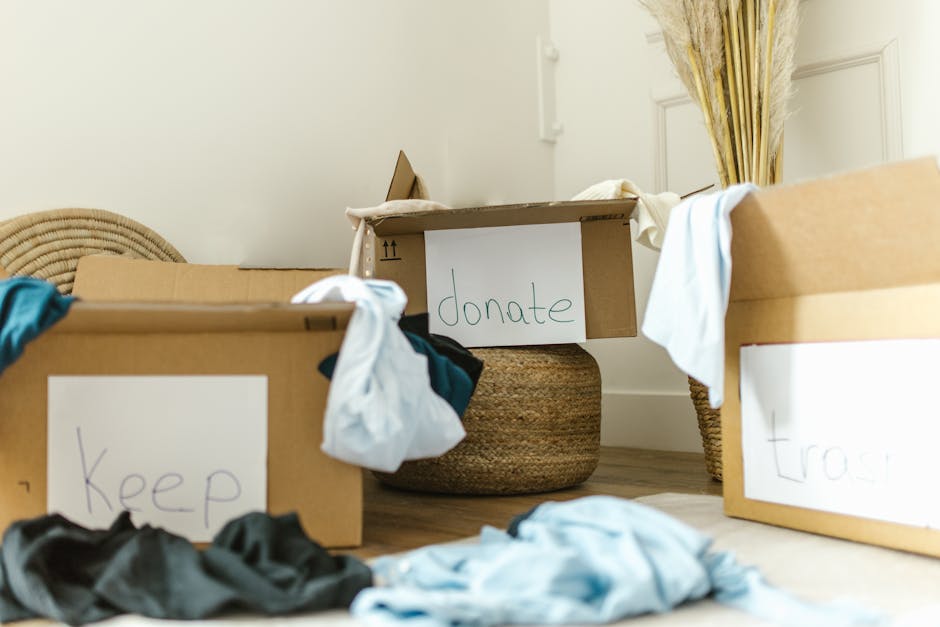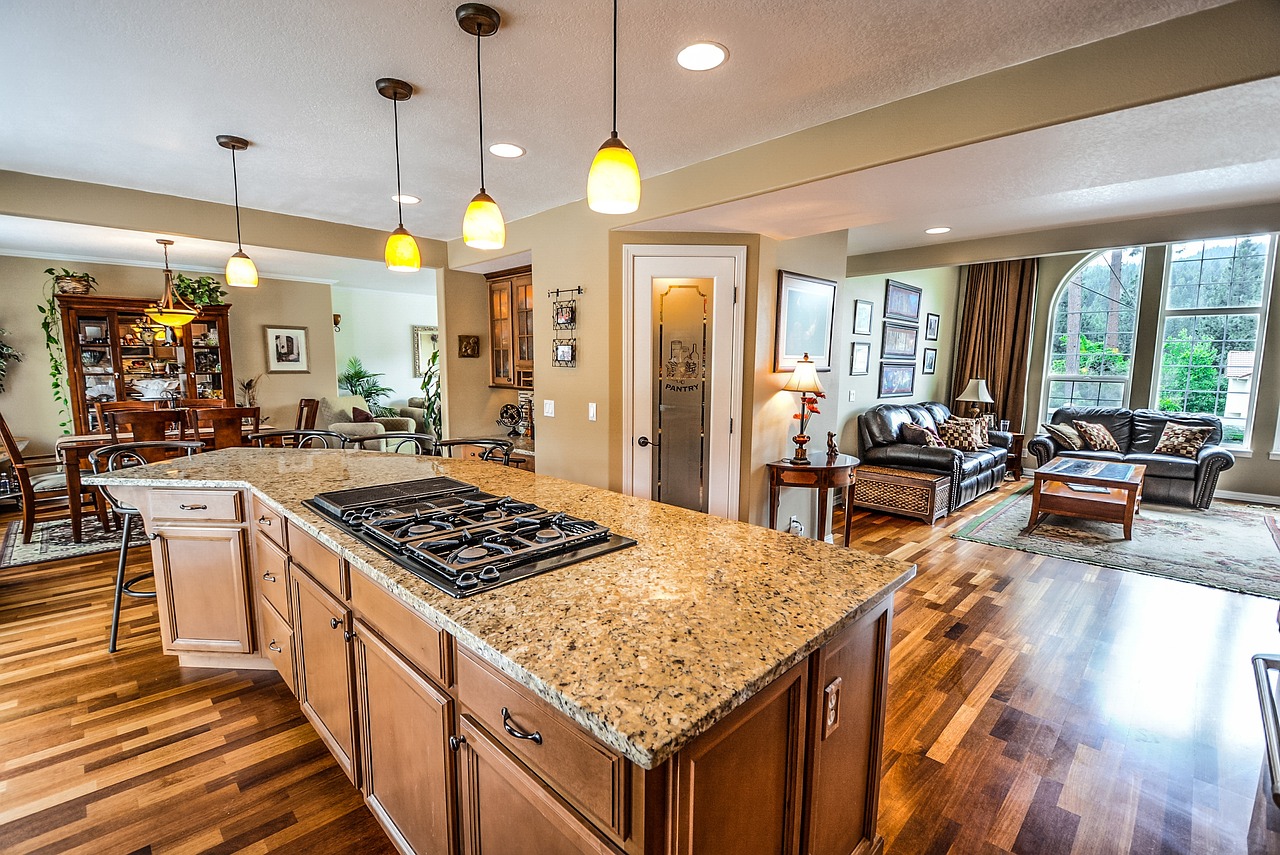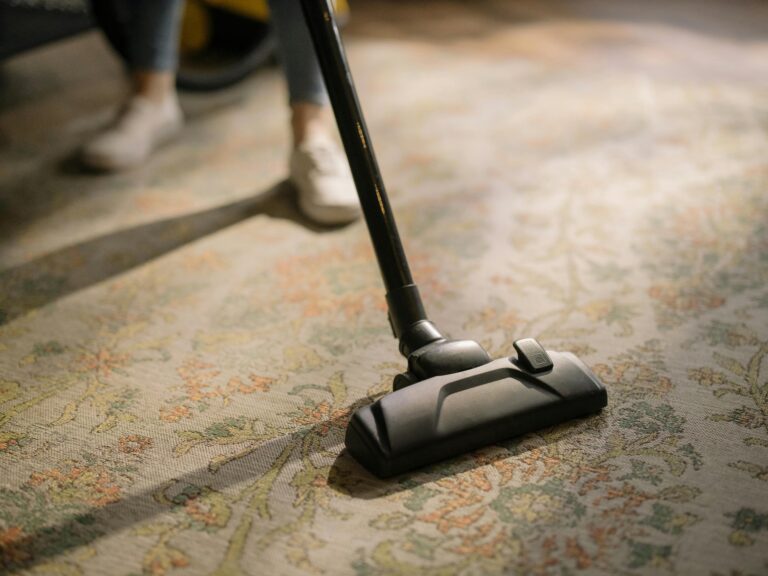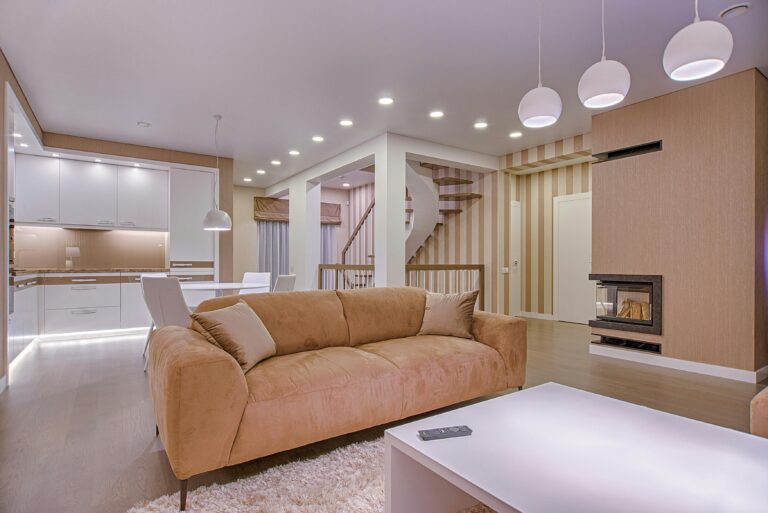Falls are one of the most common and serious health risks for older adults. But the good news is, many falls can be prevented by making simple, thoughtful changes to your home. These easy home modifications can help reduce hazards, improve safety, and give you confidence as you move around your living space.
Whether you live alone or with family, taking a few proactive steps today can make a big difference in keeping you safe and independent.
1. Clear Walkways and Remove Clutter
One of the easiest ways to prevent falls is to keep your walkways clear. Remove loose rugs, electrical cords, and any clutter that might cause you to trip. Make sure furniture is arranged to create wide, open paths throughout your home.

If you have area rugs, consider removing them or securing them with non-slip pads. This is also a good time to go through things and donate or get rid of stuff you don’t want or need anymore.
2. Improve Lighting Throughout Your Home
Good lighting is essential for safety. Make sure all rooms, hallways, and staircases are well-lit. Use brighter bulbs where needed, add night lights in bedrooms and bathrooms, and consider motion-sensor lights for easy nighttime navigation.
Avoid harsh glare and shadows by choosing soft, even lighting that helps you see obstacles clearly.
3. Install Grab Bars and Handrails
Grab bars in the bathroom near the toilet and inside the shower or tub provide support when standing or moving. Handrails on both sides of staircases make climbing up and down safer.
Make sure these supports are securely installed by a professional to handle your weight.
4. Use Non-Slip Mats and Flooring
Bathrooms and kitchens can get slippery, especially when wet. Place non-slip mats inside and outside the shower or tub and near sinks. If your floors are slippery, consider adding non-slip treatments or rugs with strong grip backing.
Avoid waxed or polished floors that can increase fall risk.
Recommended Non-Slip Bathroom Mat: MontVoo-Bath Mat-Bathroom Mat Rug
5. Adjust Furniture Height and Stability
Chairs and beds that are too low can make standing up difficult and increase fall risk. Use furniture that is at a comfortable height to get in and out easily. If needed, add risers to raise beds or chairs.
Make sure all furniture is sturdy and doesn’t wobble or slide on the floor.
6. Organize Frequently Used Items Within Reach
Avoid climbing on stools or bending too low by keeping everyday items within easy reach. Place frequently used kitchen items, toiletries, and medications at waist or eye level.
This reduces the risk of losing balance when reaching or stretching.
7. Consider a Medical Alert System
In case a fall does happen, a medical alert system with a wearable button can provide peace of mind. Many devices connect you to emergency responders quickly, ensuring help is never far away.
Final Thoughts
Simple home modifications can have a big impact on preventing falls and making your home safer and more comfortable. Not every modification cost a fortune, and many of them don’t come with a price tag. As you can see, there are some practical things you can do to ensure you’re safer at home.
Take these easy steps today to protect yourself and those you love. A safer home means peace of mind for you and your family.
FAQ
What are the most important areas of the home to modify to prevent falls?
The highest-risk areas for falls are bathrooms, kitchens, stairs, and entryways. Bathrooms are especially hazardous due to wet surfaces, so adding grab bars and non-slip mats is crucial. Stairs should have sturdy handrails on both sides and good lighting. Clear pathways in kitchens and entryways help reduce tripping risks.
Can simple changes like improving lighting really reduce the chance of falls?
Yes! Proper lighting significantly reduces falls by improving visibility and helping seniors spot obstacles or uneven surfaces. Adding night lights, motion sensors, and brighter bulbs in key areas like hallways and bathrooms makes navigating your home safer, especially during nighttime.
Are there home modifications that can be done without professional help?
Many fall-prevention changes are simple enough to do yourself, such as removing clutter, securing rugs with non-slip pads, adding brighter bulbs, or rearranging furniture for clear walkways. However, installing grab bars and handrails should be done by a professional to ensure they’re secure and safe.



